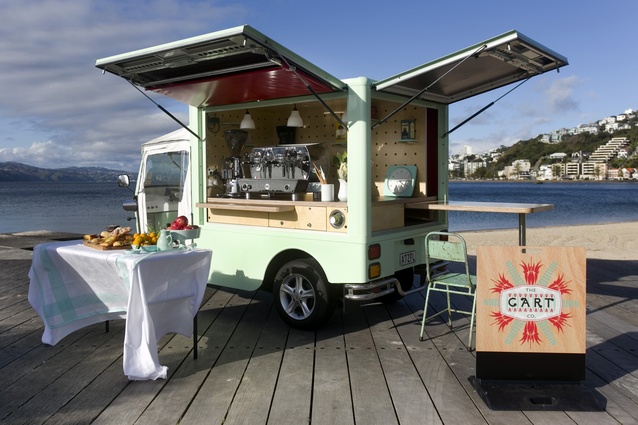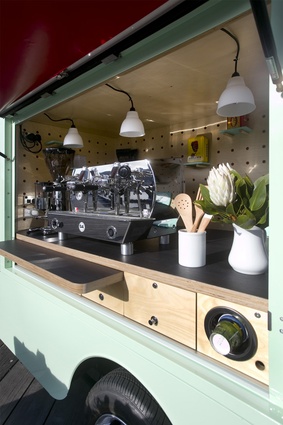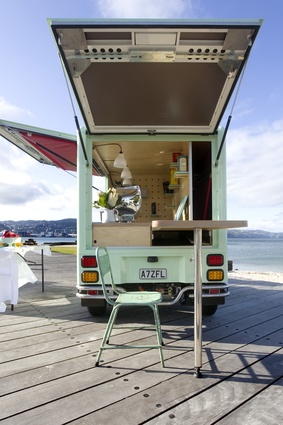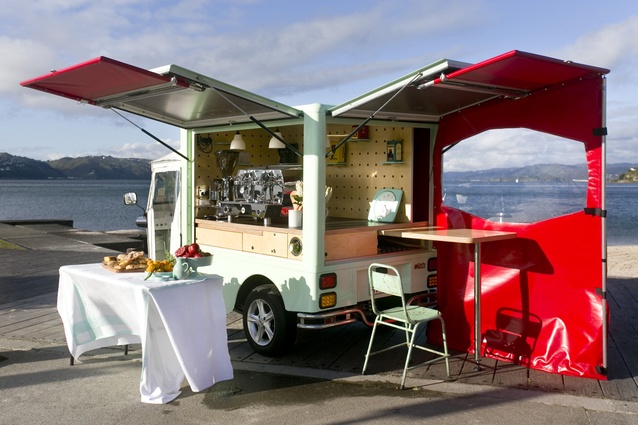Jack in the Box
Camille Khouri of Interior magazine talks to Lizzi Hines, managing director at Pop Up Now, about the ins and outs of pop-ups and leasing them short term.

Camille Khouri: What defines a pop-up?
Lizzi Hines: There are three types we deal with. Mobile pop-up covers our tuk-tuks and food trucks but also extends to events. The likes of Taste Auckland is almost a pop-up but on a festival scale. Then there are temporary ones, like the containers you see in the Re:Start mall in Christchurch. Then, the more commonly known pop-up, the short-term retail.
CK: Is there a time limit?
LH: If a shop is going to parade as a pop-up, it shouldn’t stick around for more than a year. People get impatient. Six months is good.
CK: Why would a property owner take on a short-term lease?
LH: If you’re buying a retail space, you tend to want to be a part of the community, but some people aren’t bothered. What it can do is showcase the potential of a space that might otherwise stand empty. Often property owners get their spaces leased long term after a pop-up – and often they get their spaces back in better condition than they were before.
CK: Are you involved in much product design?
LH: Yes. Good pop-ups utilise temporary fixturing systems that can be taken down and reused. They should be dynamic, and the reason for doing the pop-up should be something other than just making sales; otherwise it falls into a warehouse clearance. Usually, people do pop-ups for brand awareness, so there is a lot of custom fabrication of fixturing, shelves and signage, often finished in a raw state, like scaffolding with bursts of colour and ply cut-outs. These elements define the brand, as often you can’t change the shell of the store.
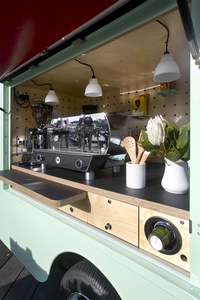
CK: What’s in it for the consumer and area?
LH: People tend to stick to the same shopping area, so pop-ups allow them to see and try new things. Pop-ups are a great way to activate underutilised spaces and areas. Pop-uppers are great exploiters of social media and they use this as a fast and cost-effective tool for letting their target market know where they are. Bringing a new demographic and increased foot traffic has obvious flow-on effects for surrounding businesses.
CK: Are there any health and safety issues to address when creating a pop-up?
LH: Pop-ups, regardless of their duration, must legally comply with the relevant council’s health and safety regulations. The building owner must ensure they hold a current building warrant of fitness and meet building code requirements based on how the space was before the pop-upper occupies the tenancy. The pop-upper is responsible for ensuring any alterations comply with relevant council codes.
CK: Who takes care of insurance and expenses?
LH: Generally the landlord will have building insurance. Utilities, such as water and power, are generally negotiated as part of the lease. Often for short-term pop-ups the landlord will pro-rata water and power expenses for the length of the tenancy and it is the responsibility of the tenant to pay these.

